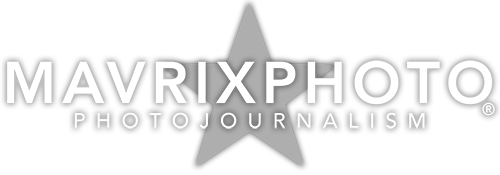The Mavrixphoto.com Archive is for use by, photo industry professionals only.
News and Celebrity Photo Business
Members of the public will NOT be granted access to the site.
Anonymous email addresses such as @hotmail @yahoo @gmail etc will be ignored.
Please contact us here for all licensing enquiries.
Or call 305 542 9275.
Photojournalism is distinguished from other close branches of photography (e.g.documentary photography, social documentary photography,street photography or celebrity News and Celebrity Photo Business) by complying with a rigid ethical framework which demands that the work be both honest and impartial whilst telling the story in strictly journalistic terms. Photojournalists create pictures that contribute to the news media, and help communities connect with one other. Photojournalists must be well informed and knowledgeable about events happening right outside their door. They deliver news in a creative format that is not only informative, but also entertaining.
Like a writer, a photojournalist is a reporter, but he or she must often make decisions instantly and carry photographic equipment, often while exposed to significant obstacles (e.g., physical danger, weather, crowds, physical access). The practice of illustrating news stories with photographs was made possible by printing and photography innovations that occurred in the mid 19th century. Although early illustrations had appeared in newspapers, such as an illustration of the funeral of Lord Horatio Nelson in The Times (1806), the first weekly illustrated newspaper was the Illustrated London News, first printed in 1842.
The illustrations were printed with the use of engravings. The “Golden Age of Photojournalism” is often considered to be roughly the 1930s through the 1950s.It was made possible by the development of the compact commercial 35mm Leica camera in 1925, and the first flash bulbs between 1927 and 1930, which allowed the journalist true flexibility in taking pictures. Until the 1980s, most large newspapers were printed with turn-of-the-century “letterpress” technology using easily smudged oil-based ink, off-white, low-quality “newsprint” paper, and coarse engraving screens. While letterpresses produced legible text, the photoengraving dots that formed pictures often bled or smeared and became fuzzy and indistinct.
In this way, even when newspapers used photographs well — a good crop, a respectable size — murky reproduction often left readers re-reading the caption to see what the photo was all about. The Wall Street Journal adopted stippled haircuts in 1979 to publish portraits and avoid the limitations of letterpress printing. Not until the 1980s did a majority of newspapers switch to “offset” presses that reproduce photos with fidelity on better, whiter paper.
The National Press Photographers Association (NPPA) was founded in 1946 in the U.S., and has about 10,000 members. Others around the world include the British Press Photographers Association (BPPA) founded in 1984, then relaunched in 2003, and now has around 450 members. Hong Kong Press Photographers Association (1989), Northern Ireland Press Photographers Association (2000), Pressfotografernas Klubb (Sweden, 1930), and PK— Pressefotografenes Klubb (Norway).
A new style of magazine and newspaper appeared that used photography more than text to tell stories. The Berliner Illustrirte Zeitung was the first to pioneer the format of the illustrated news magazine. Beginning in 1901, it began to print photographs inside the magazine, a revolutionary innovation. In the successive decades, it was developed into the prototype of the modern news magazine.
It pioneered the photo-essay, had a specialized staff and production unit for pictures and maintained a photo library. It also introduced the use of candid photographs taken with the new smaller cameras.Text courtesy of Wikipedia.
